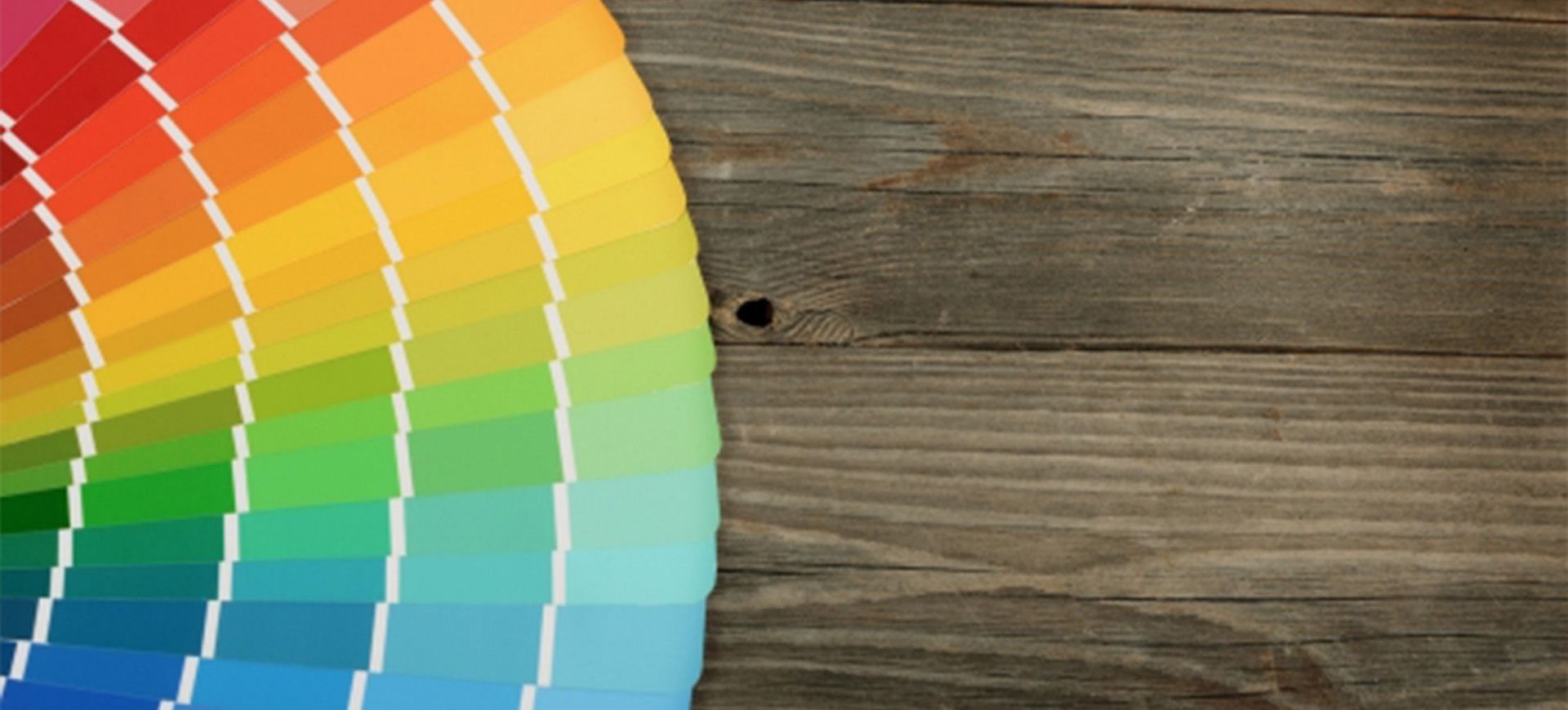13th Feb 2015

13th Feb 2015
For example red encourages appetite, evokes intensity, desire and urgency.2 No surprise then that Coca Cola, Kellogg's and McDonald's all have red logos. Now you're thinking "Which other brands are luring me in with their use of colour?". Well here are a few:
And before you think we're making this up, how about blue? Blue is non-invasive. We see it as a constant in human life and it increases our productivity. Blue is dependable. So what about all the social media networks you're a part of? What colour are their logos? Yep, you guessed it. Blue is ubiquitous, and as hard as you try to deny it, so is social media.
Coincidence that Facebook, Twitter, LinkedIn and Skype all have blue logos? We don't think so.
Now, at the risk of contradicting ourselves on the above, what about multi-coloured logos? Multiple colours show a consumer diversity and variety. Enter eBay, Google and Microsoft. And for our younger readers, the first time you created a school project using WordArt, and chose that multi-coloured arching text, you might just have been on to something.
OK, so that's all well and good but where's the hard evidence, we hear you cry!
Works doesn't it?
We always encourage our clients to think carefully when developing colour palettes and styles for their work. As we've seen, colour affects our perception of a brand before we even get to know it. So if you're considering a brand refresh, a new logo or a new colour palette for your brand, have a think about what you want businesses and consumers to think, or rather feel when they first see it.